Artwork produced between 1980 and 1989
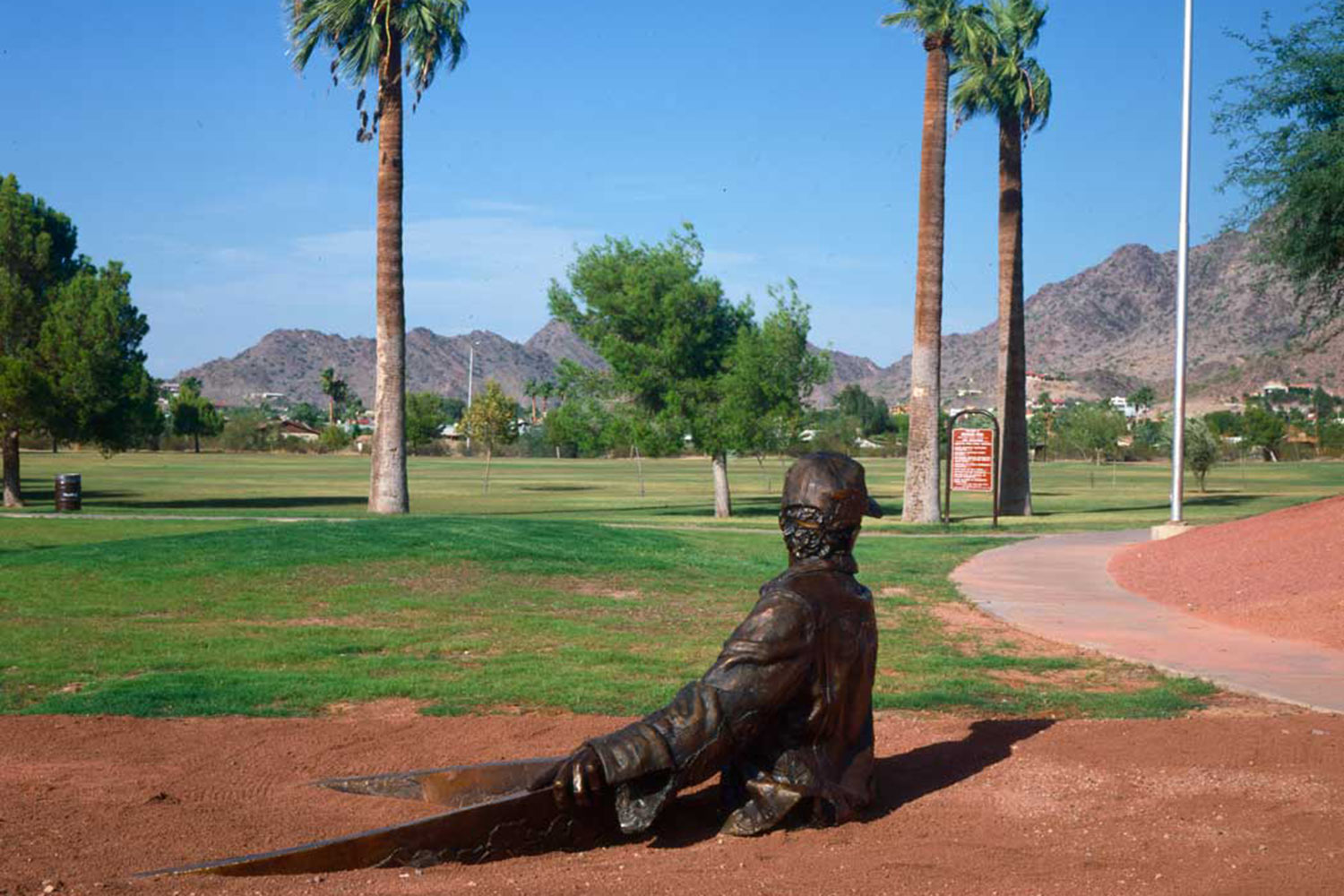

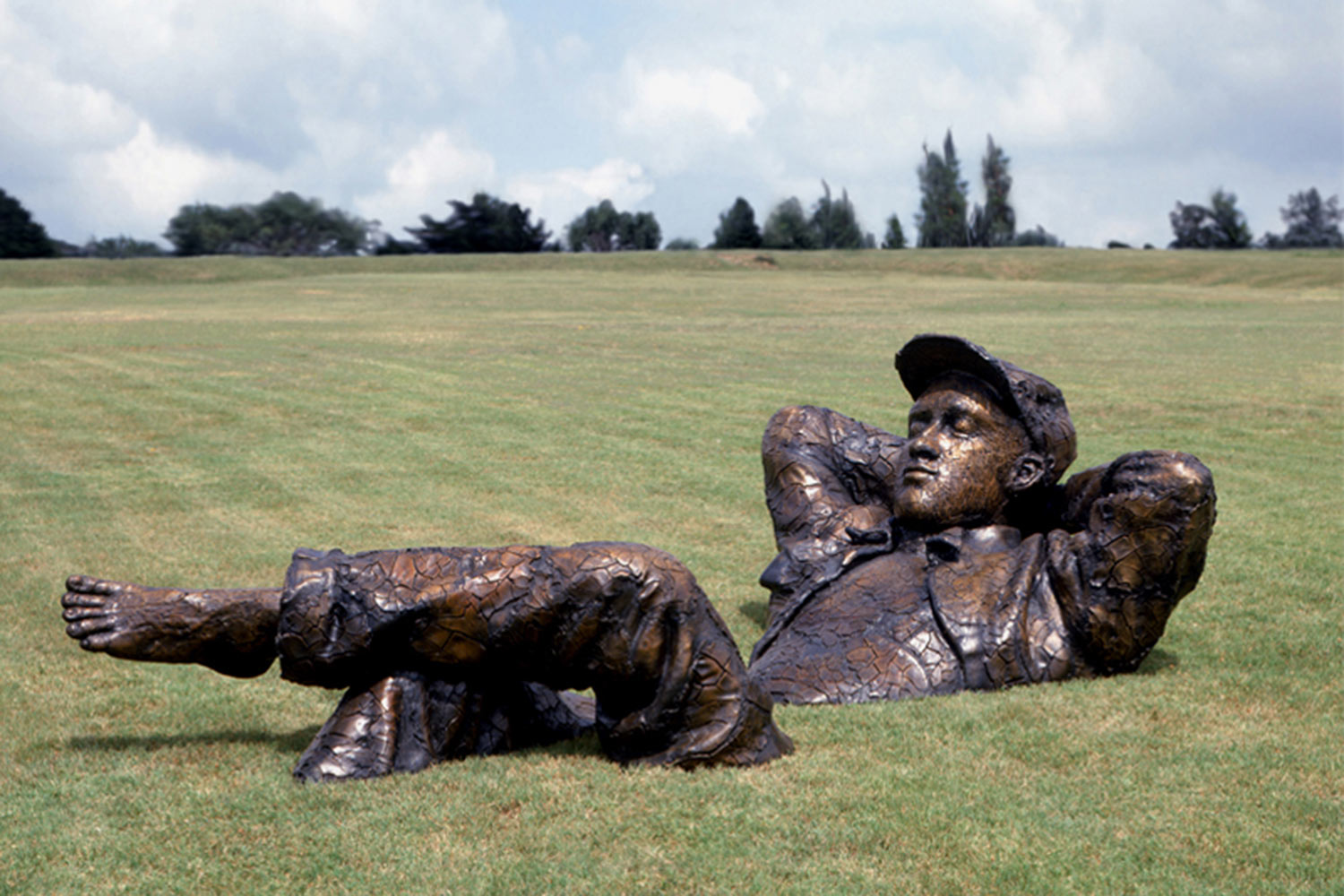
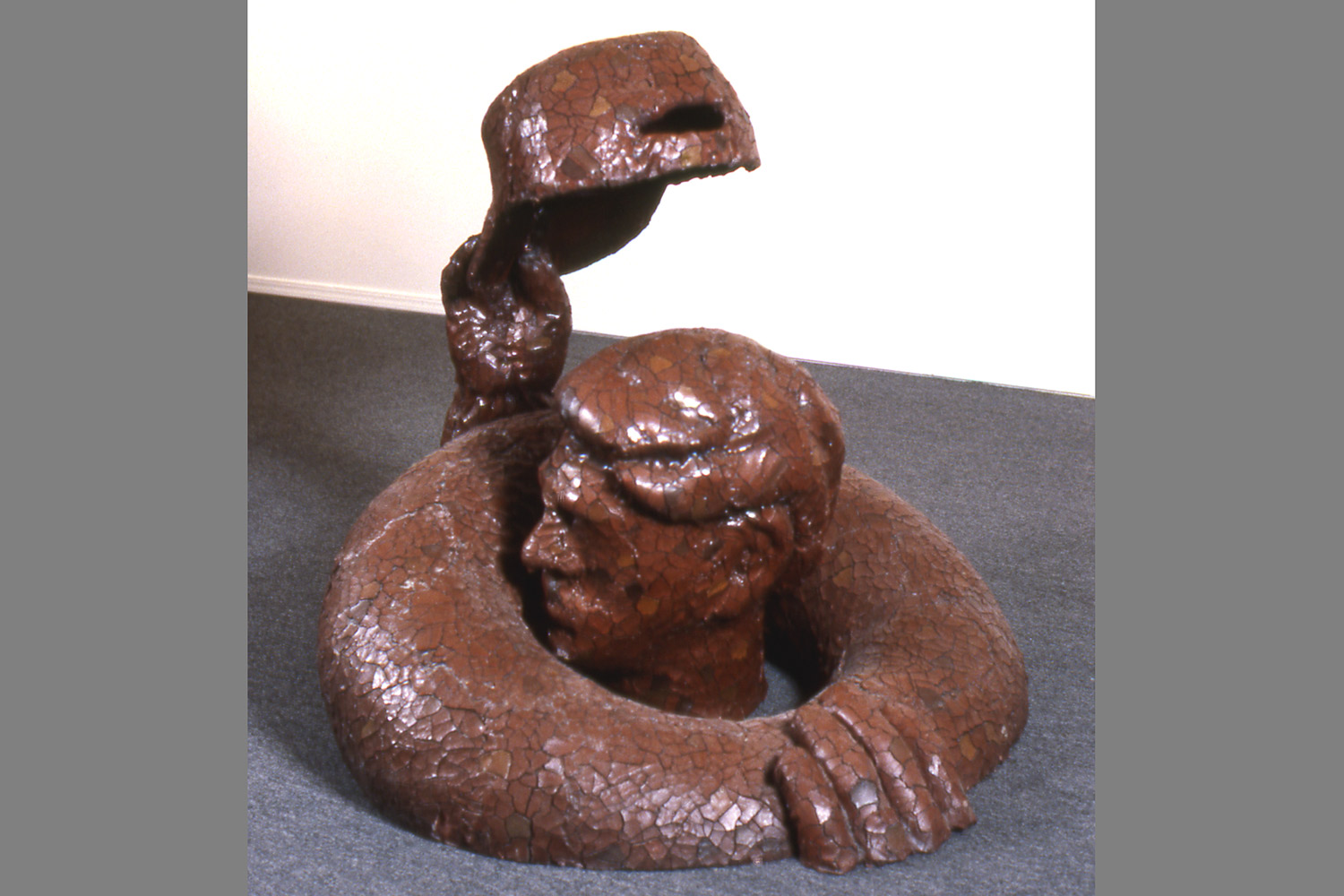

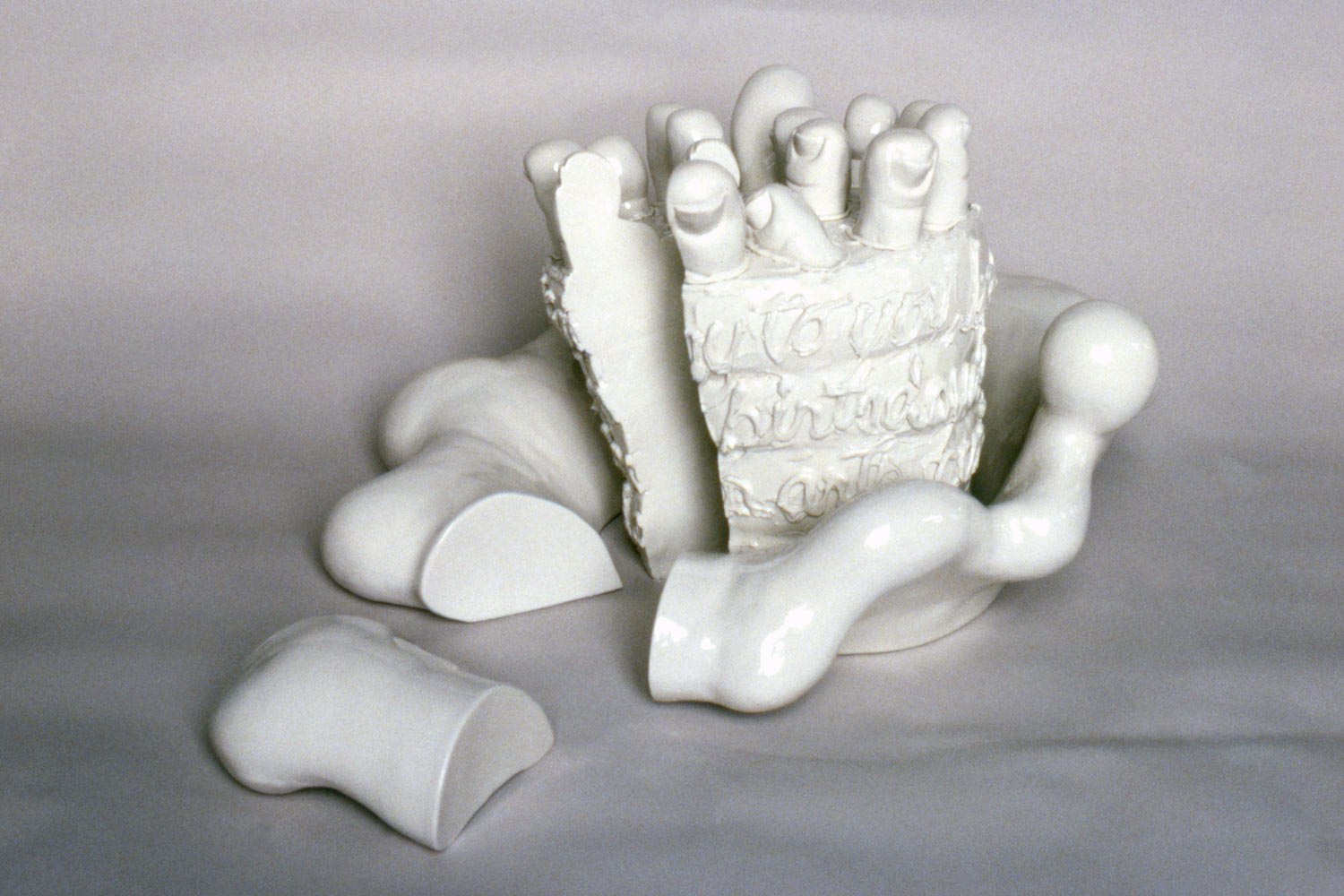
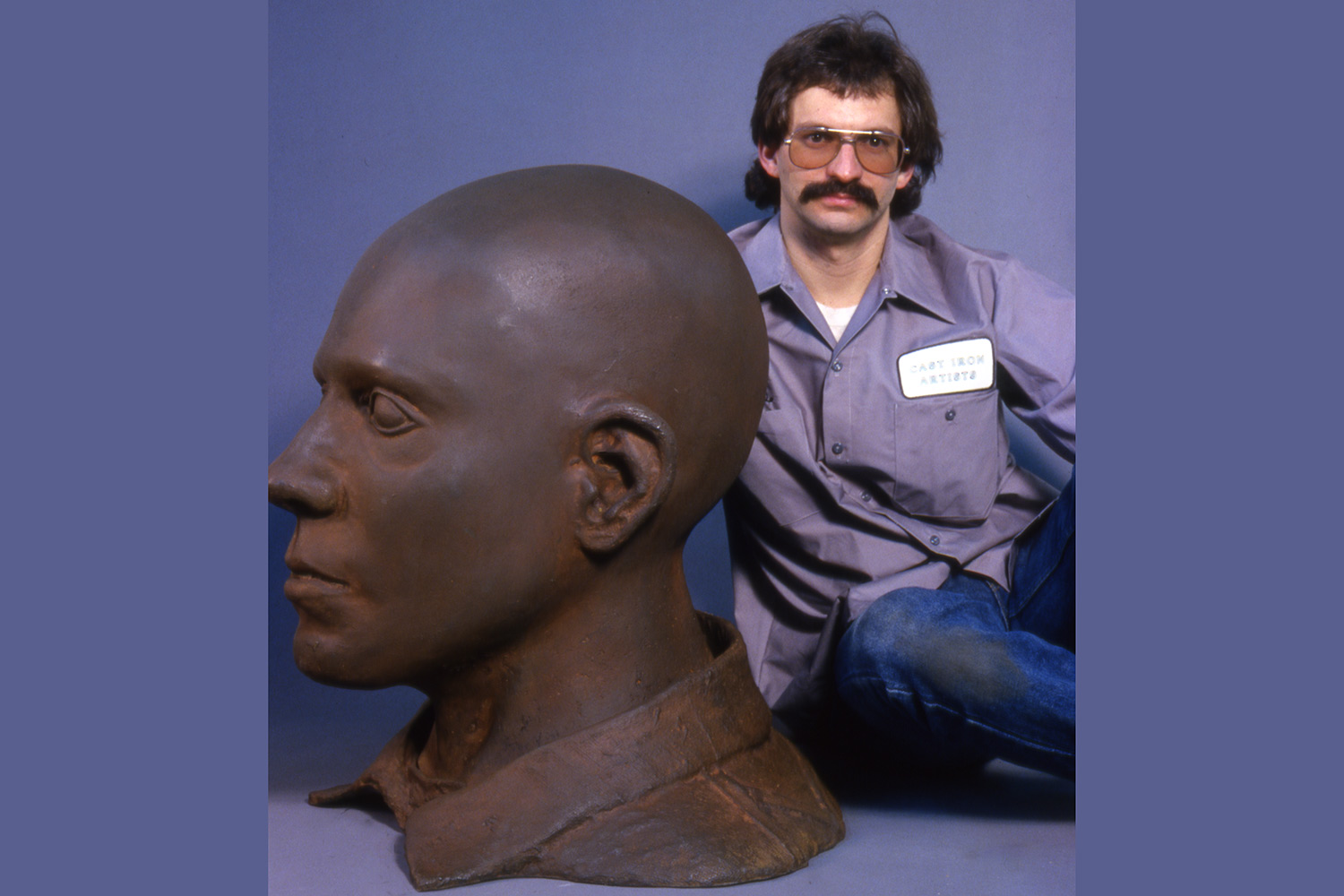
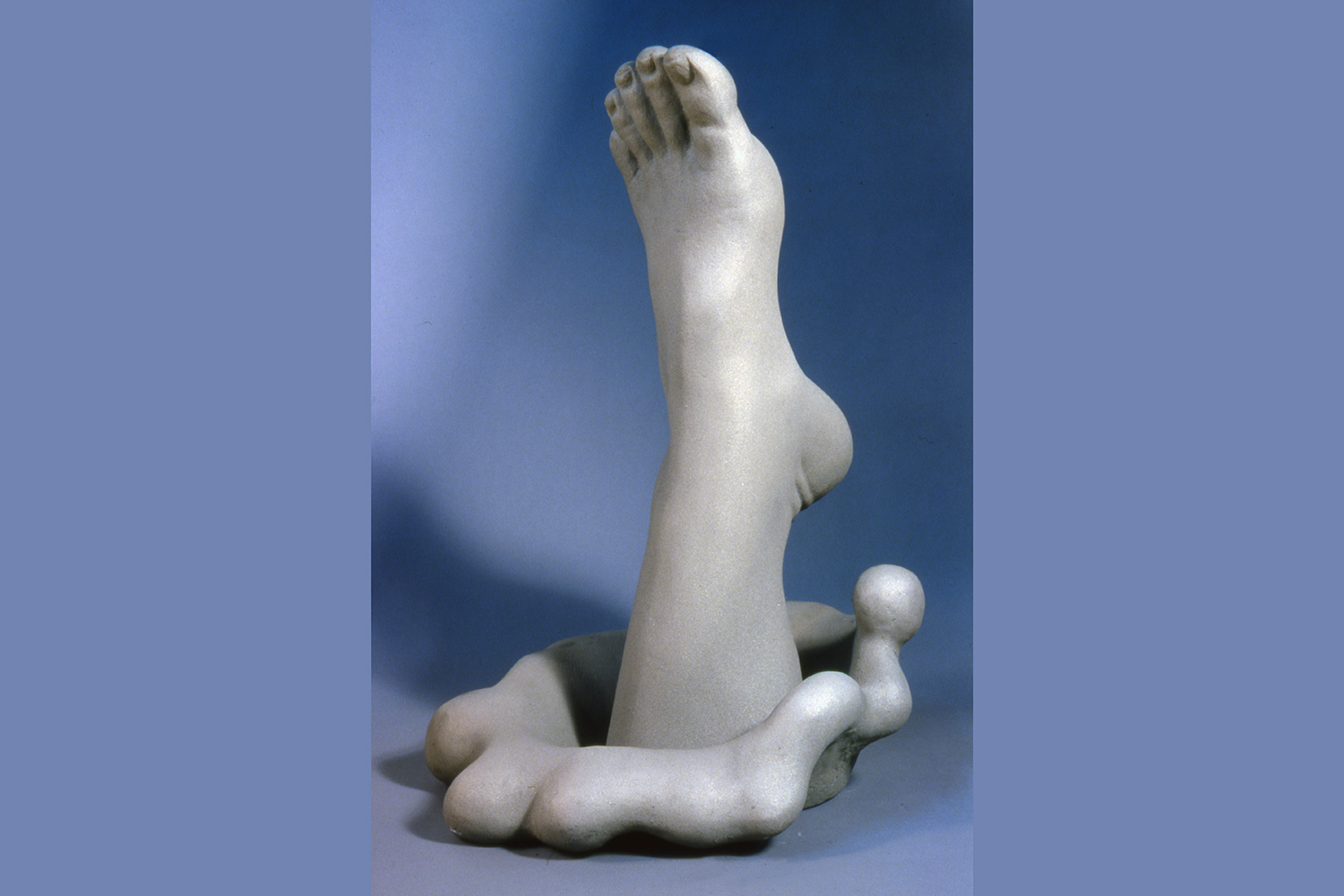
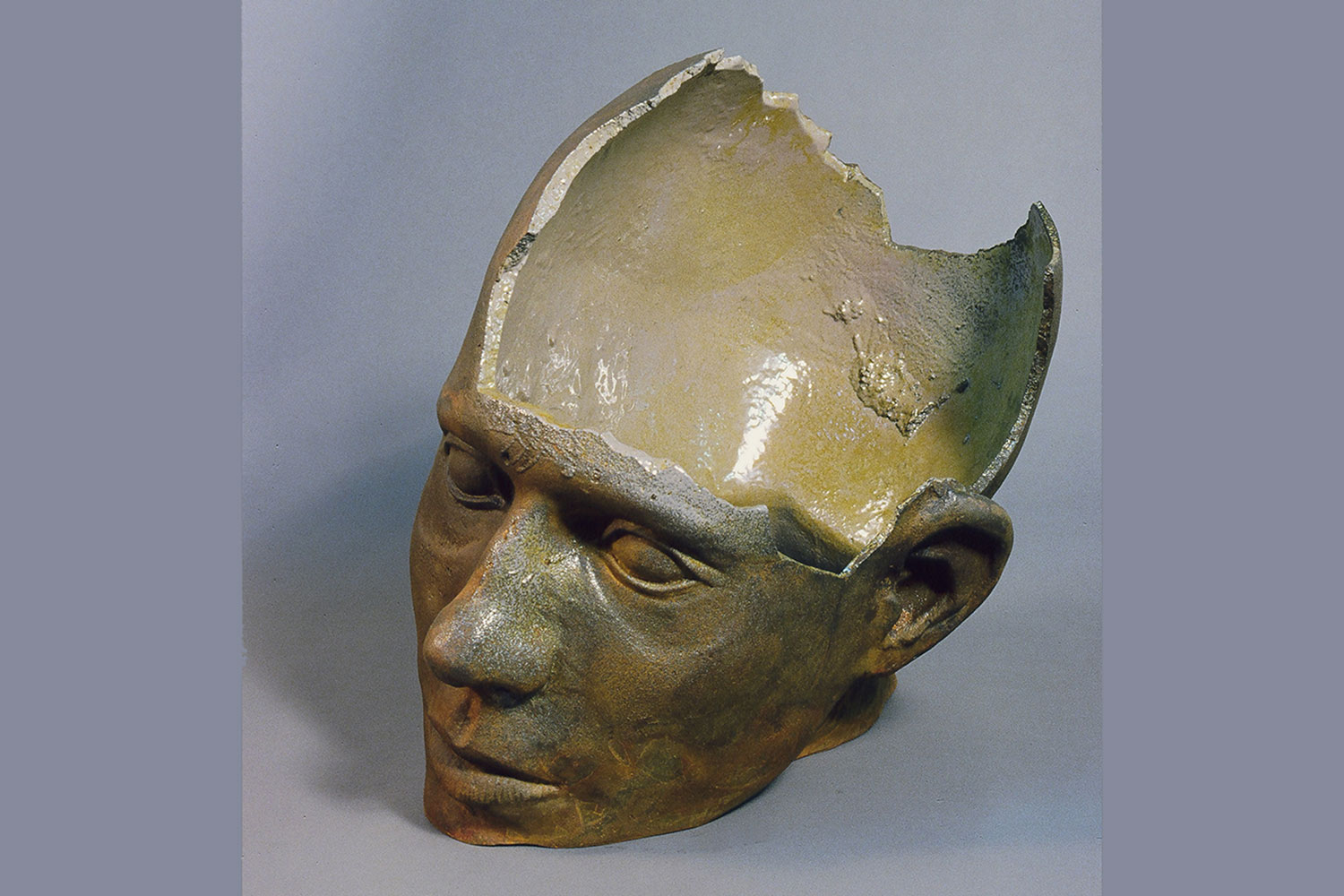
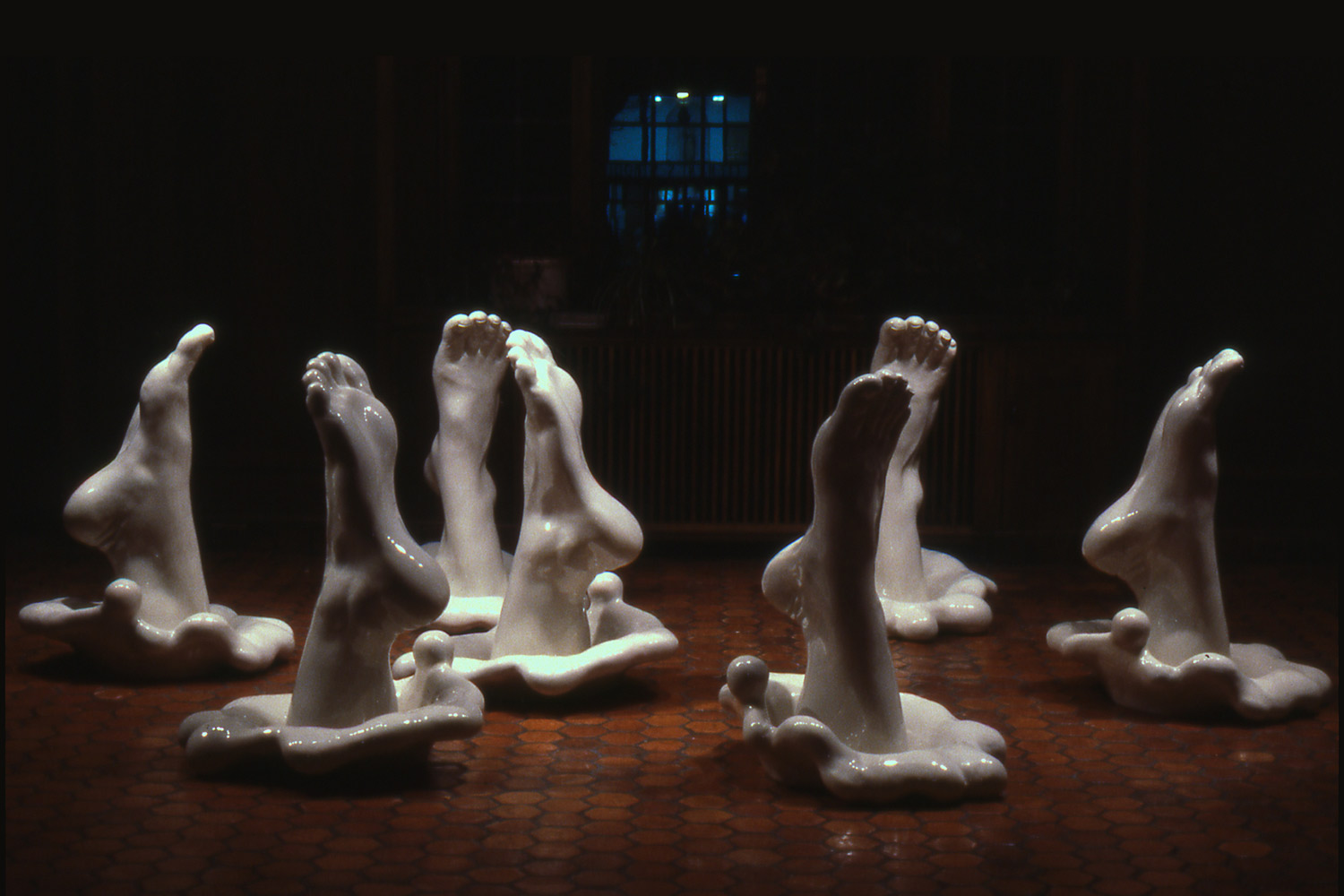
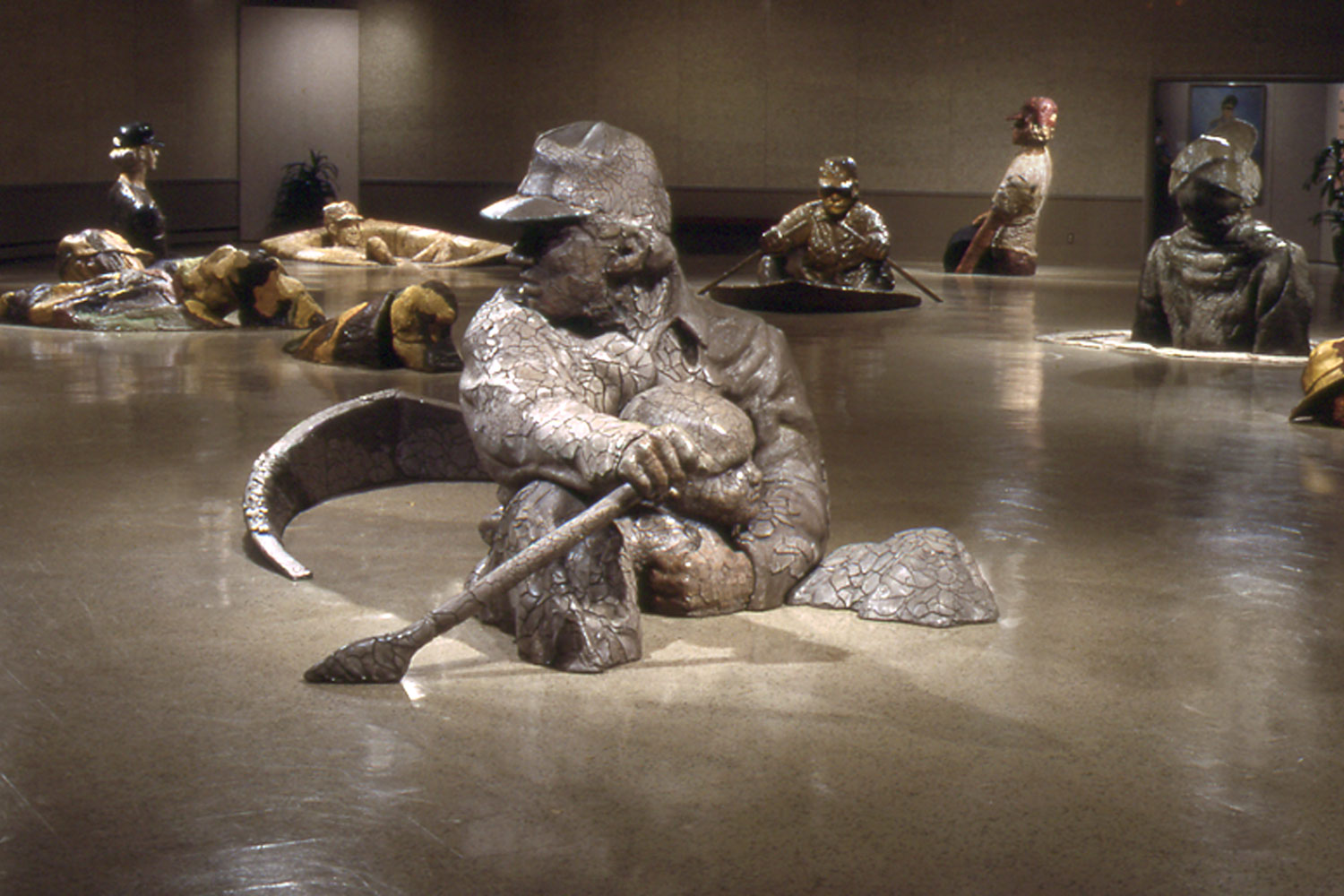
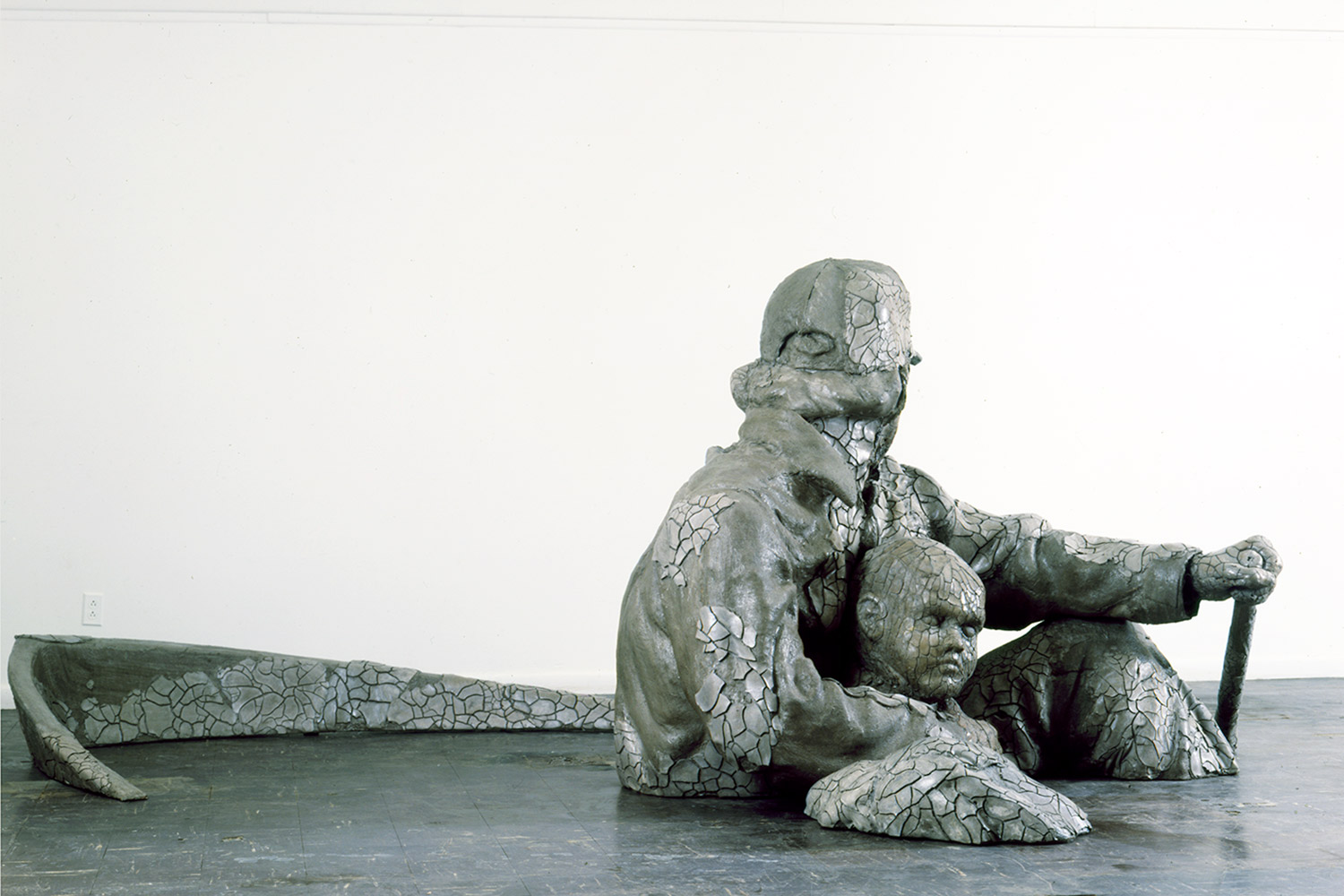
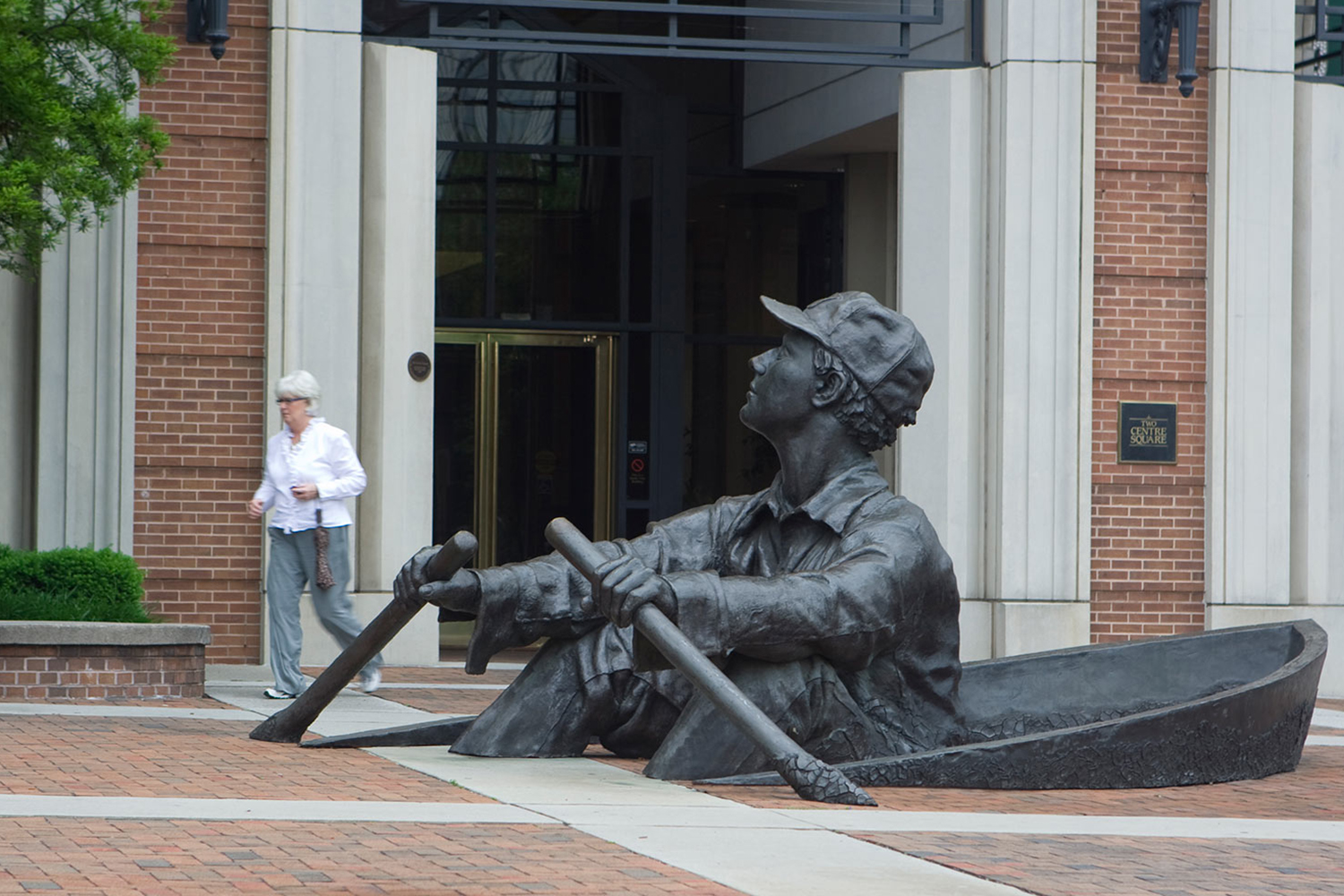

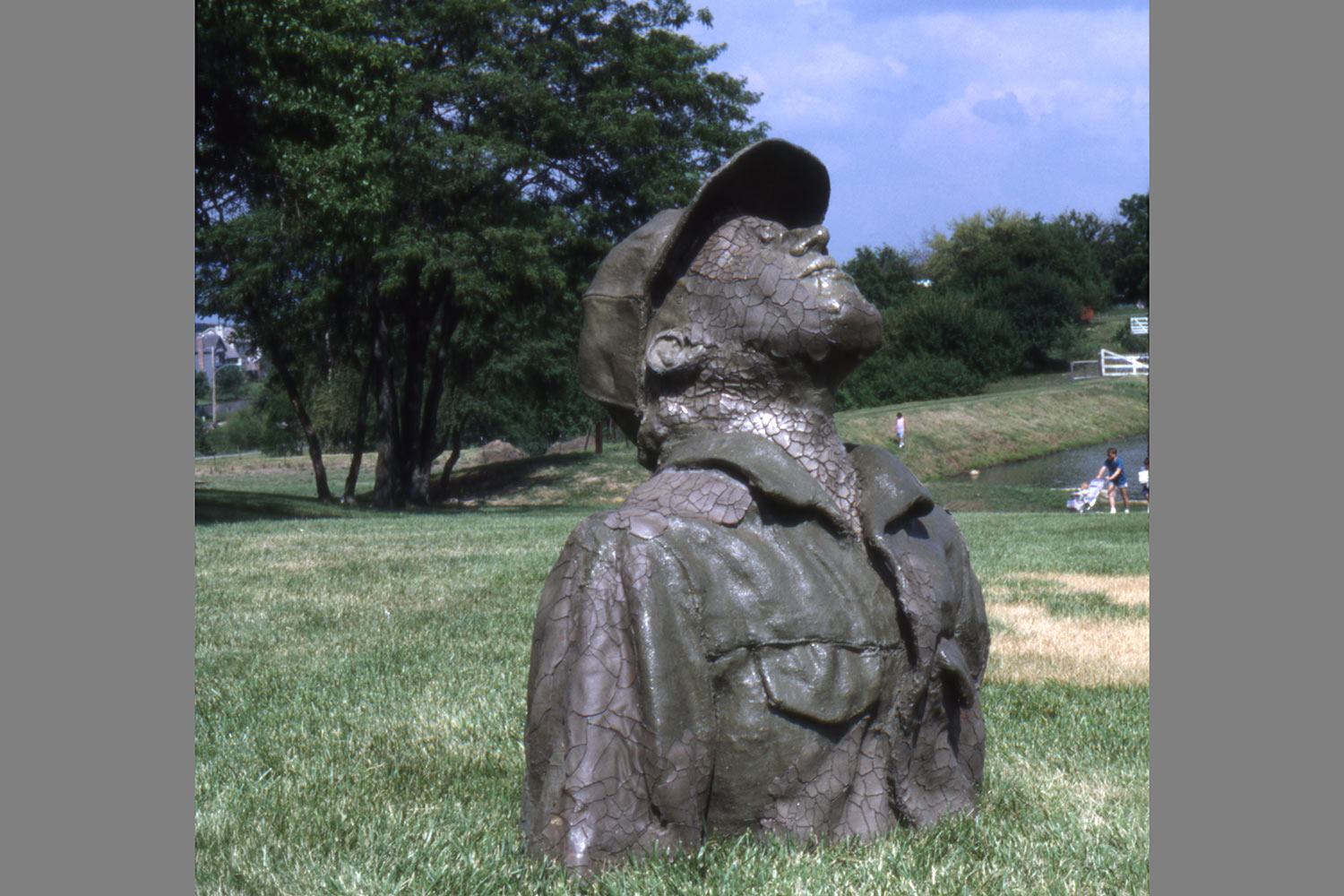
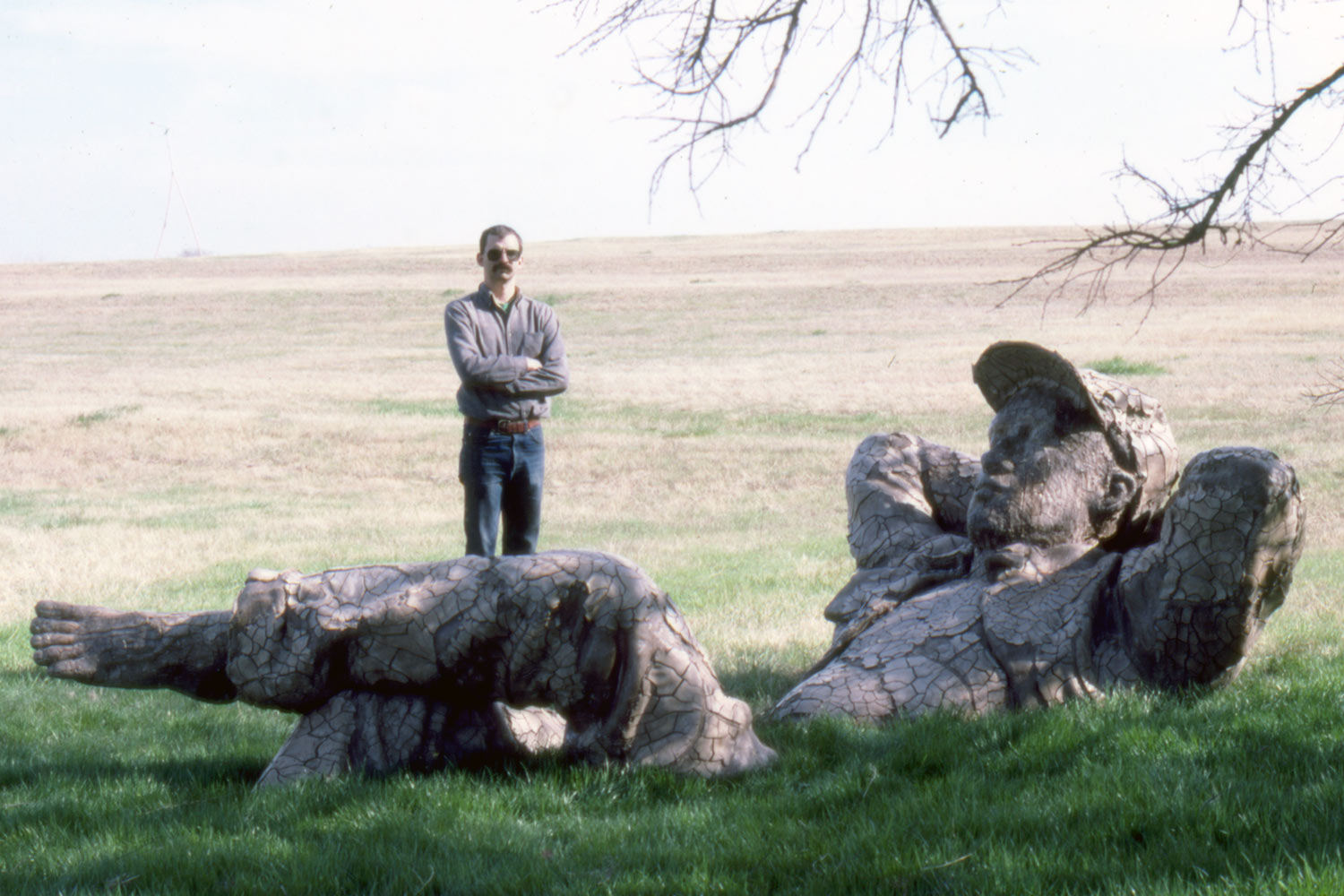
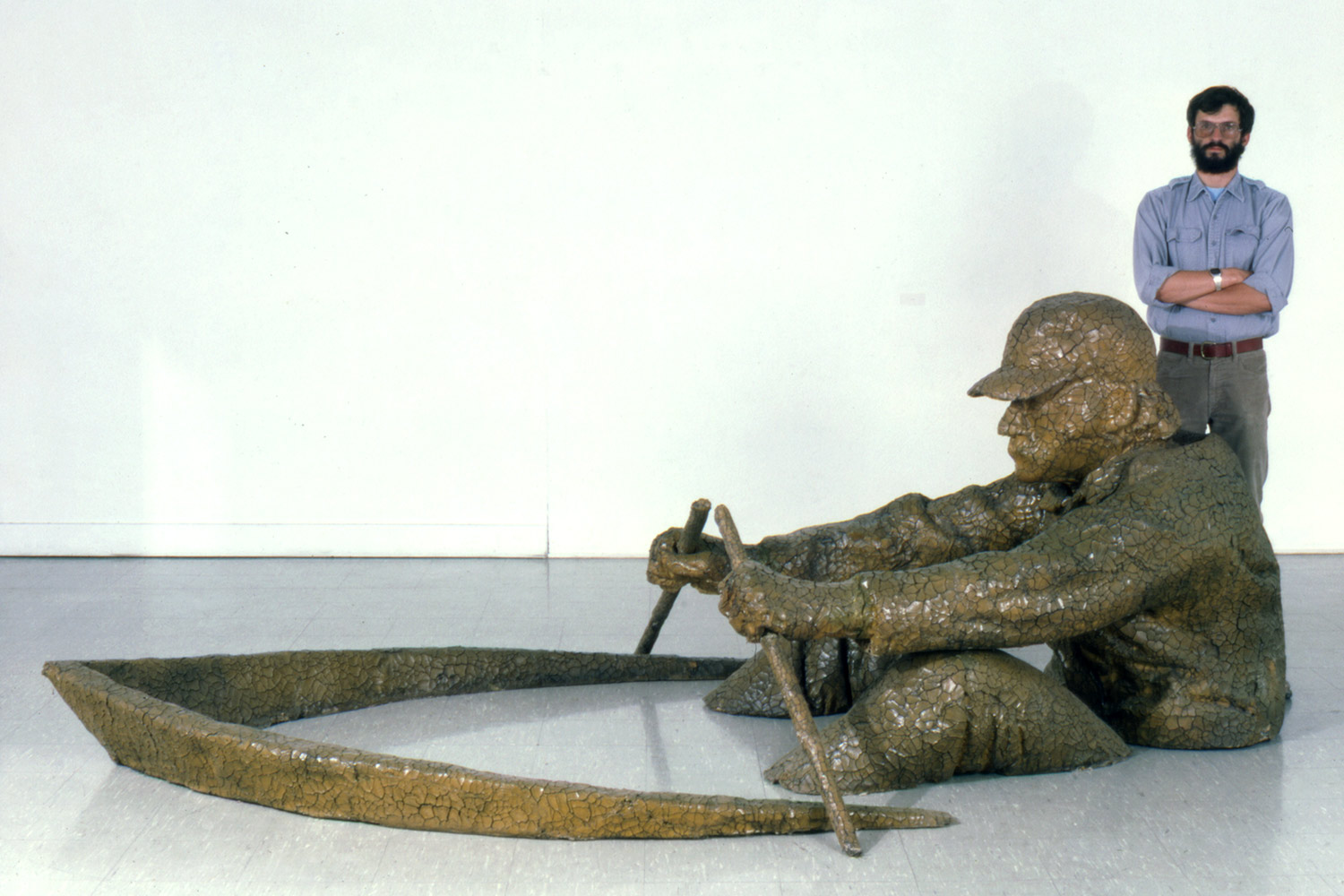

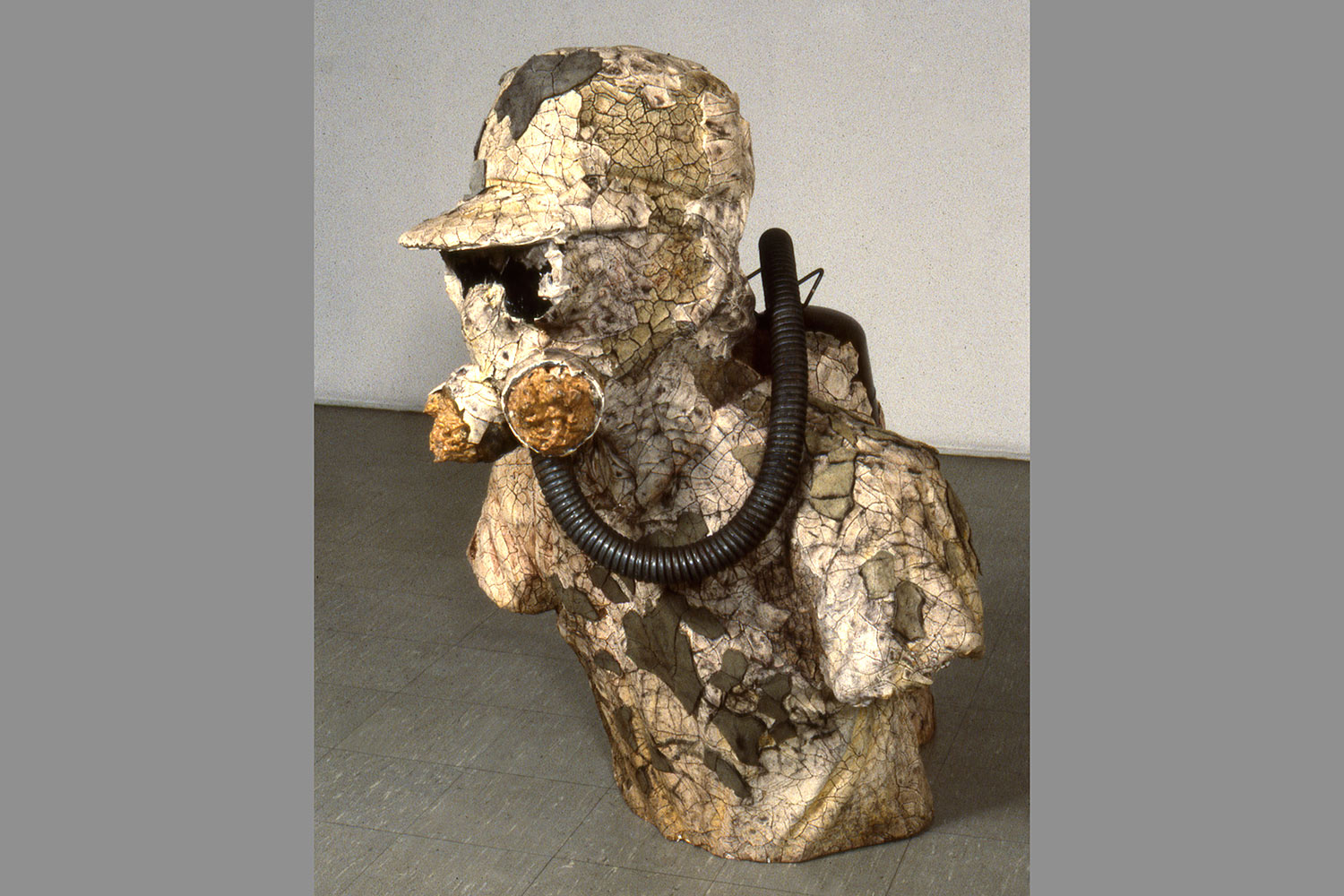
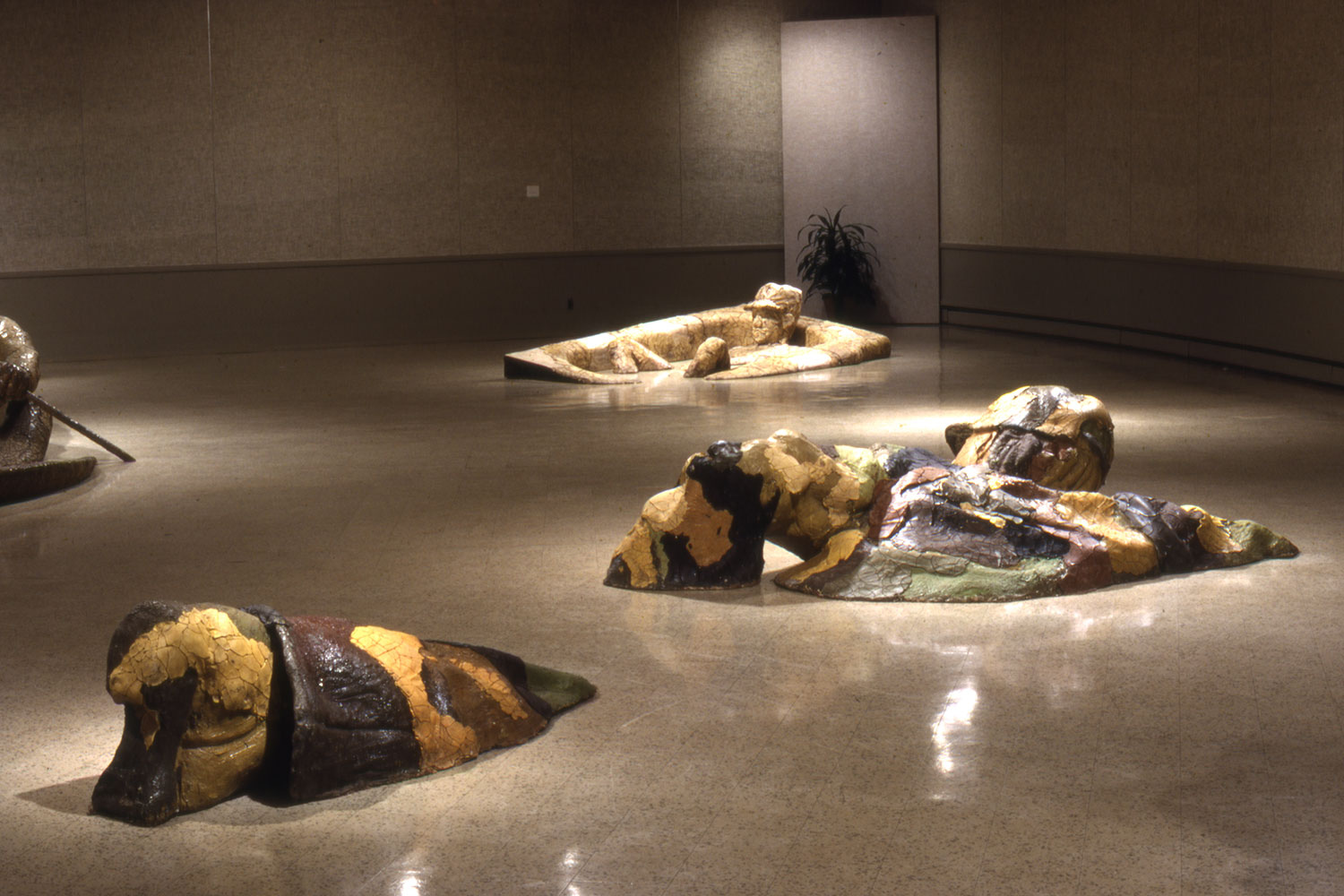
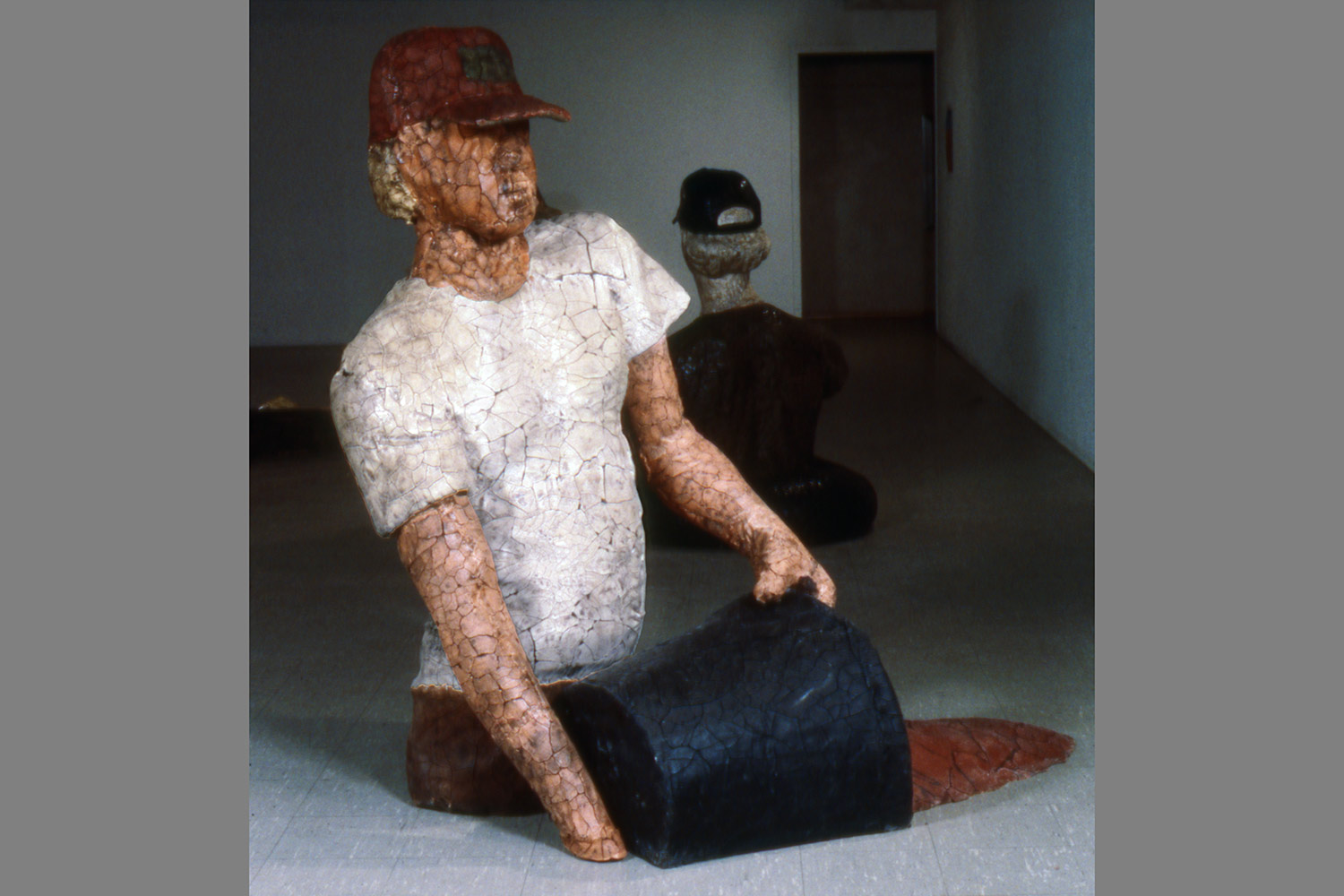
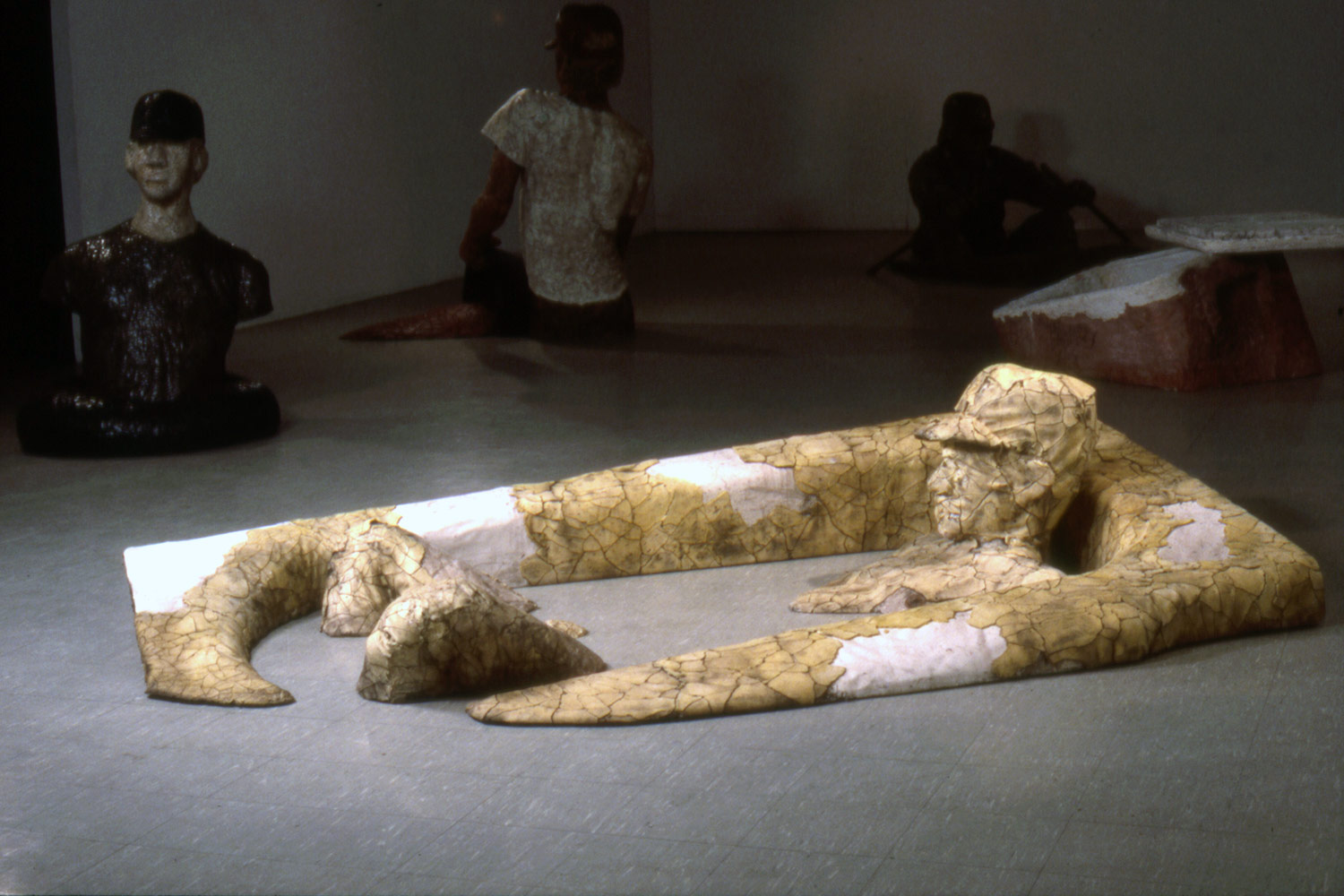
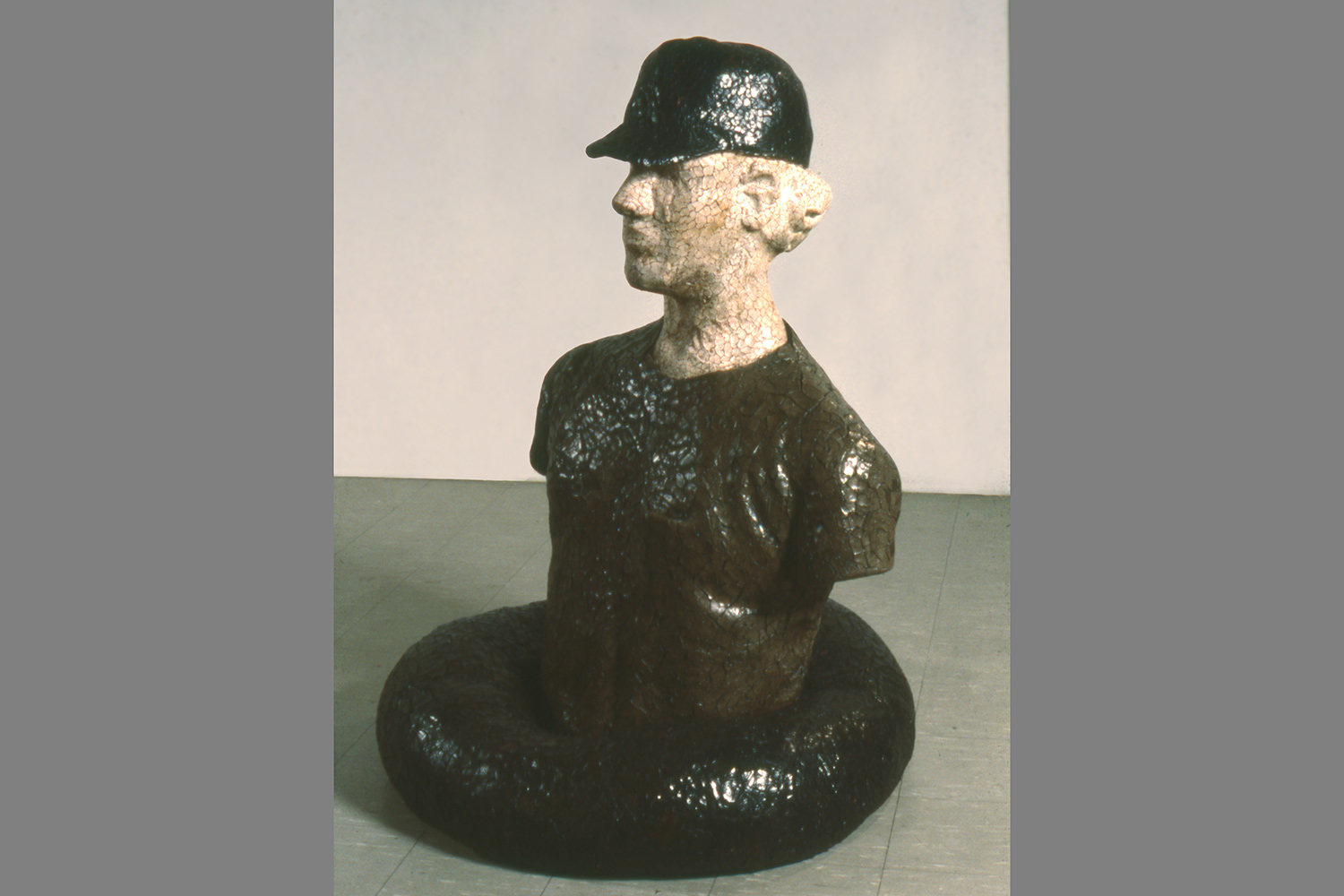
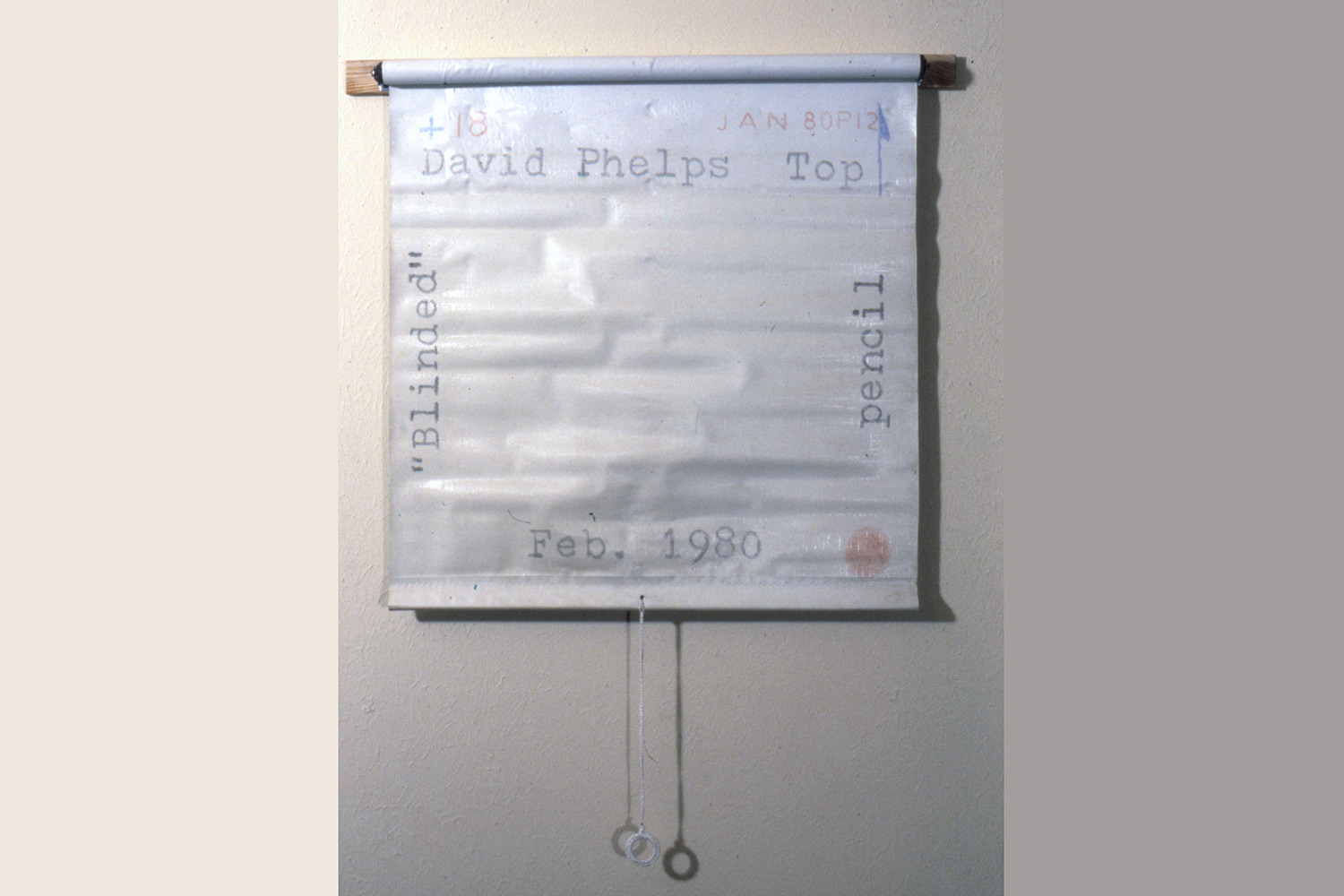
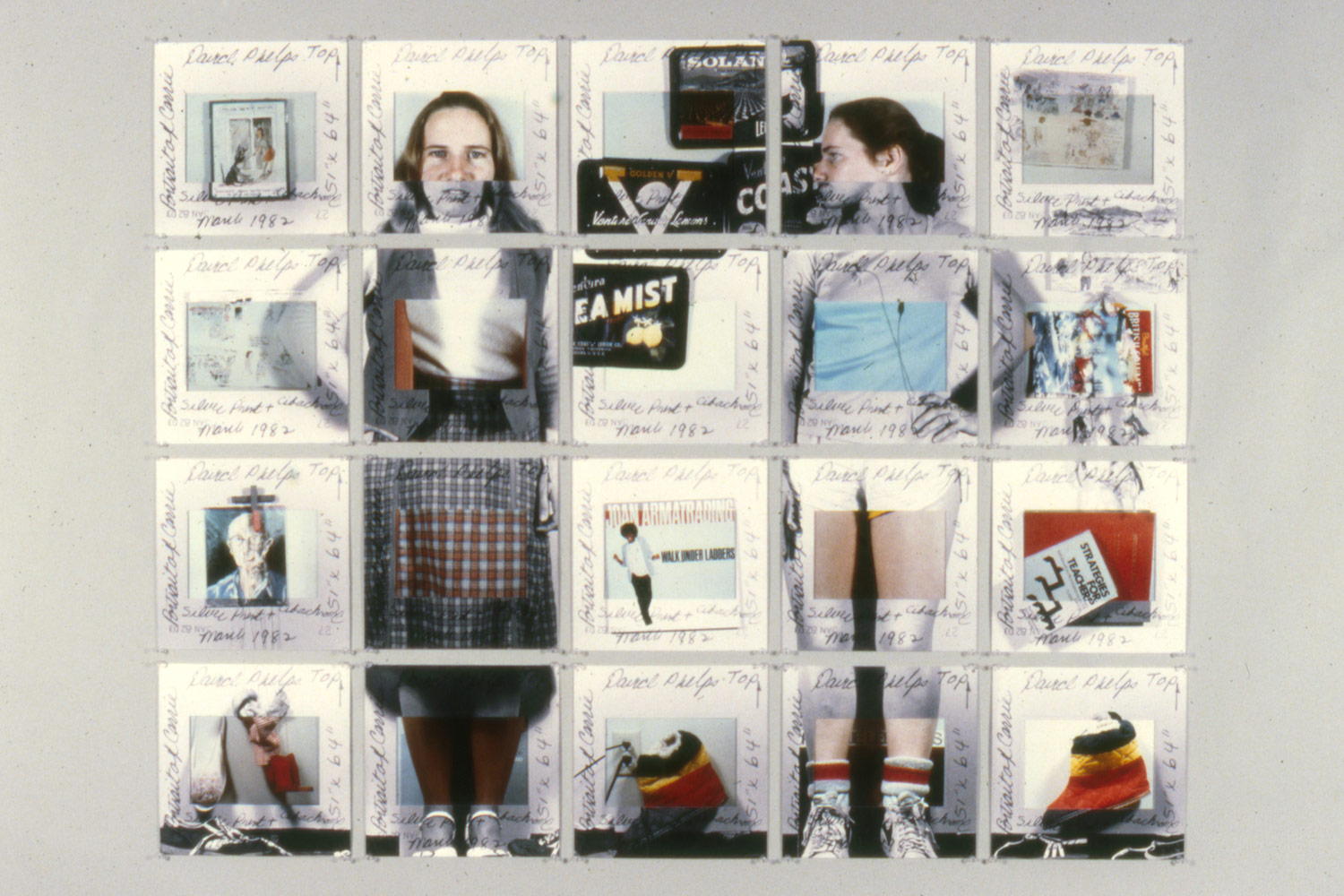
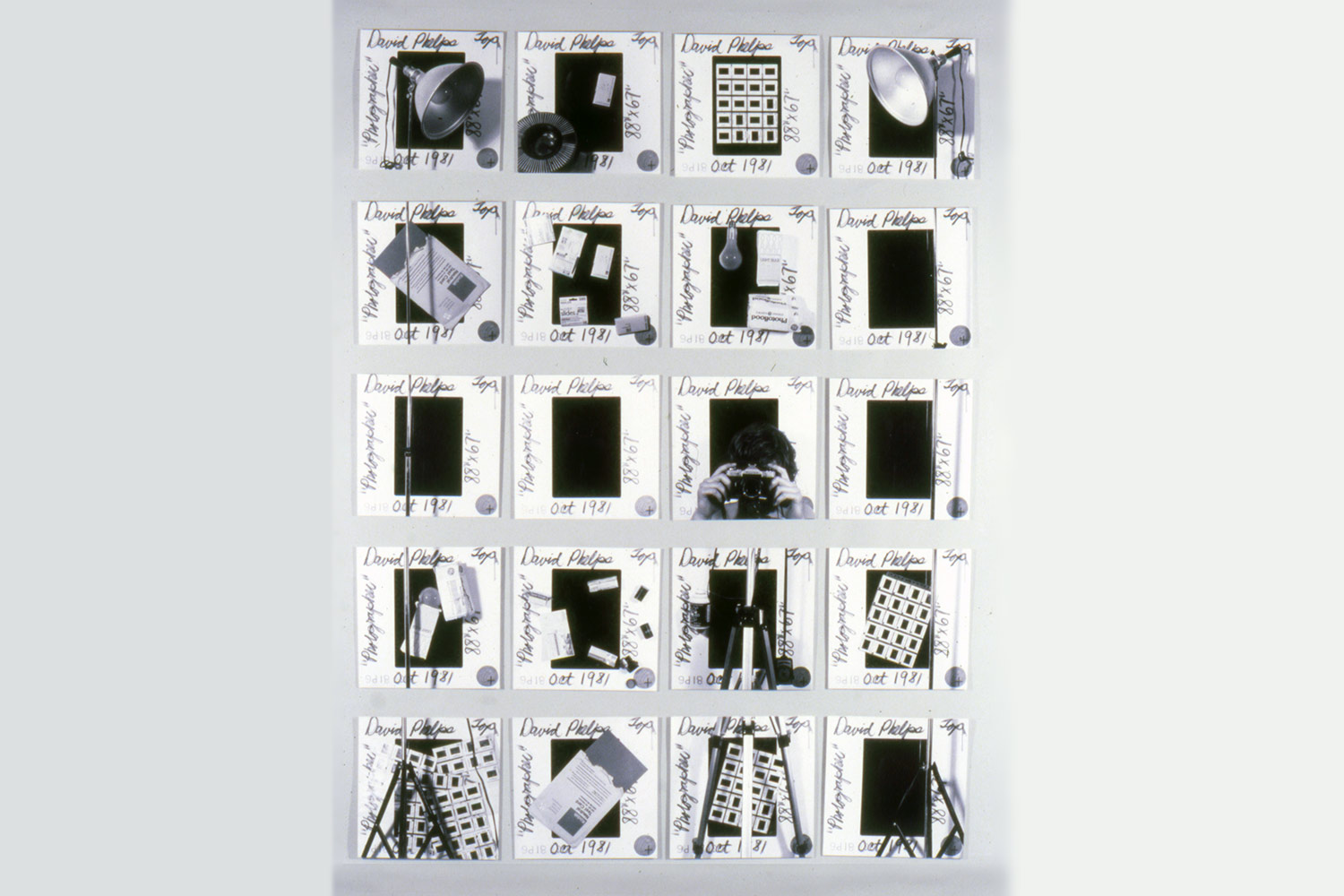
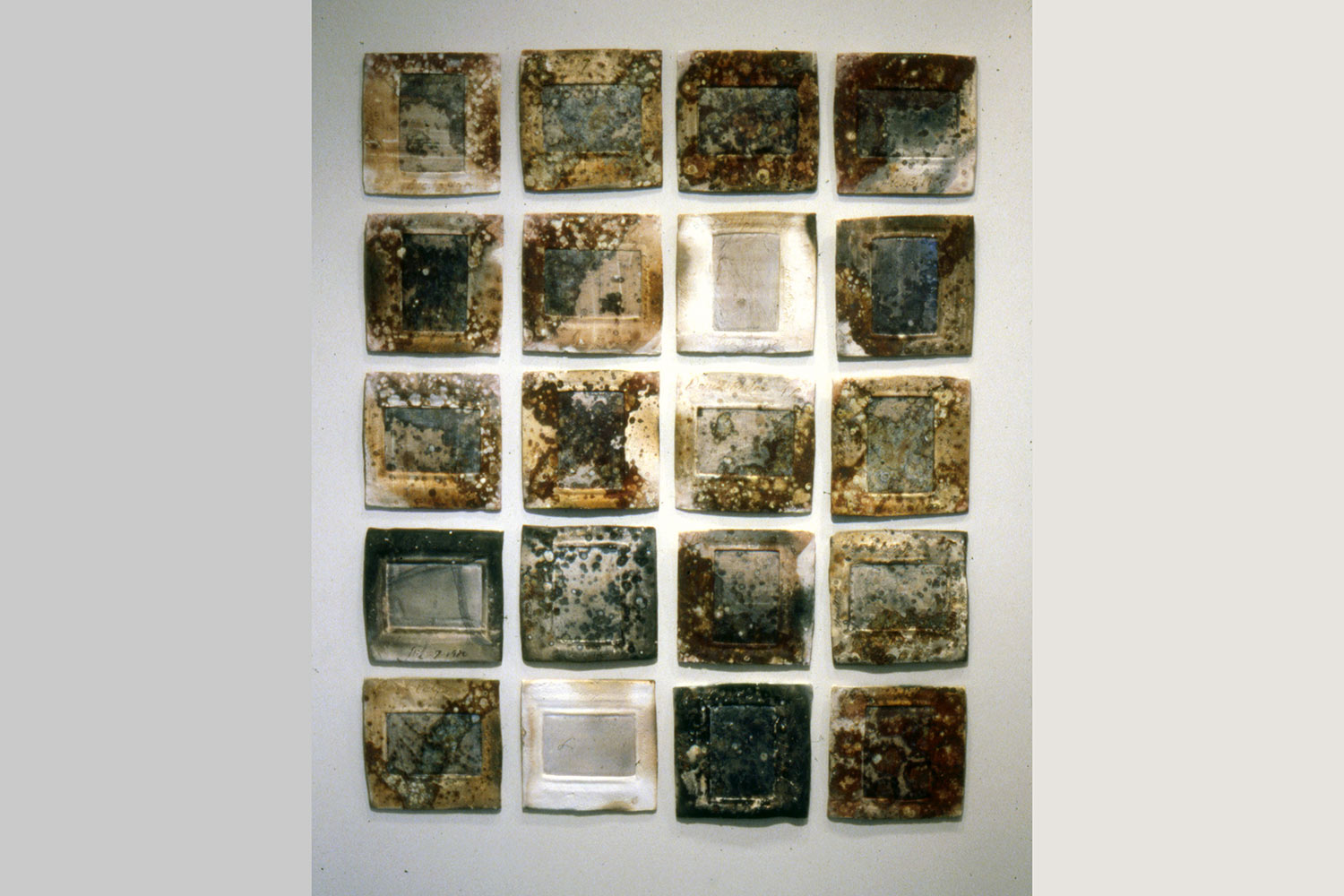

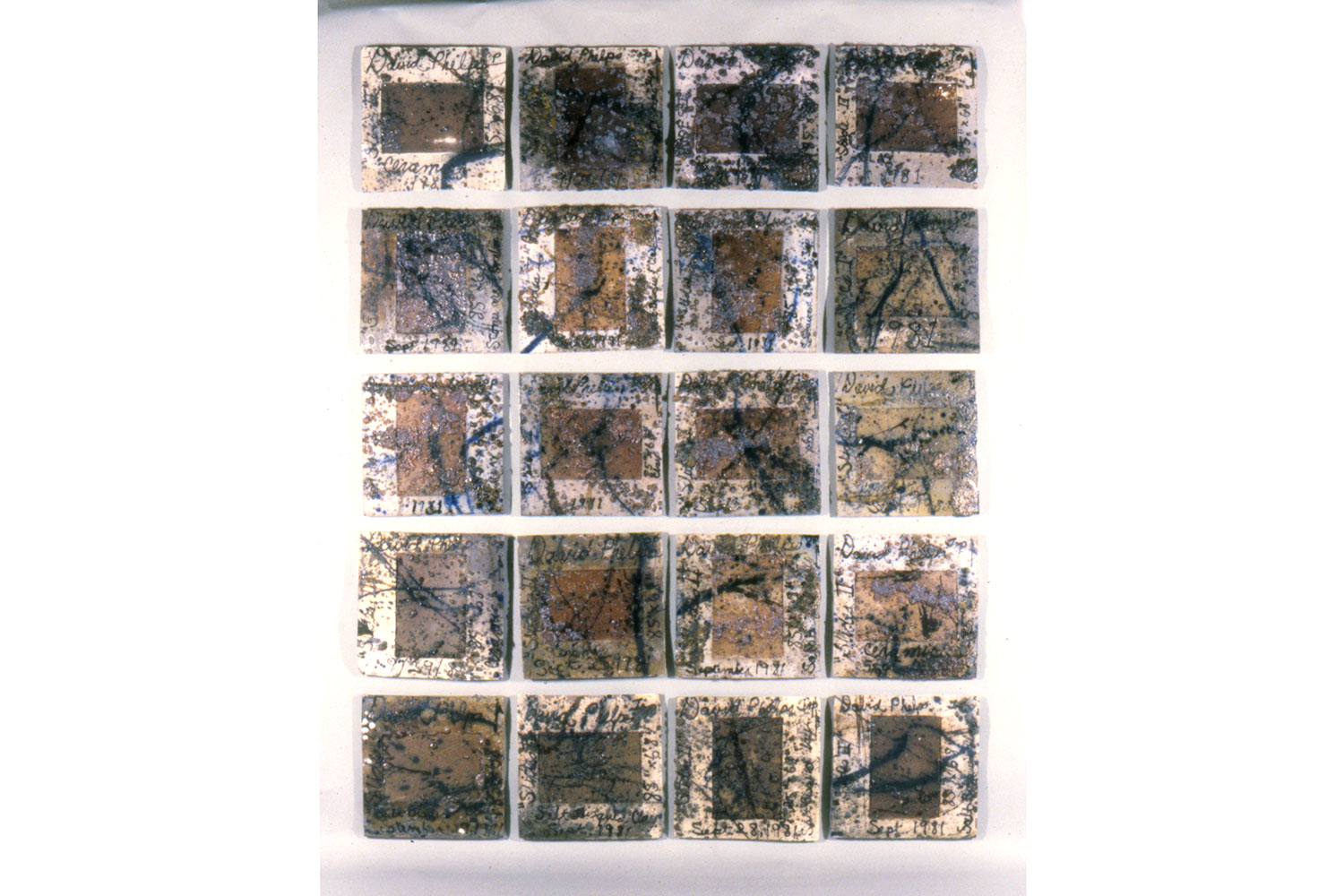
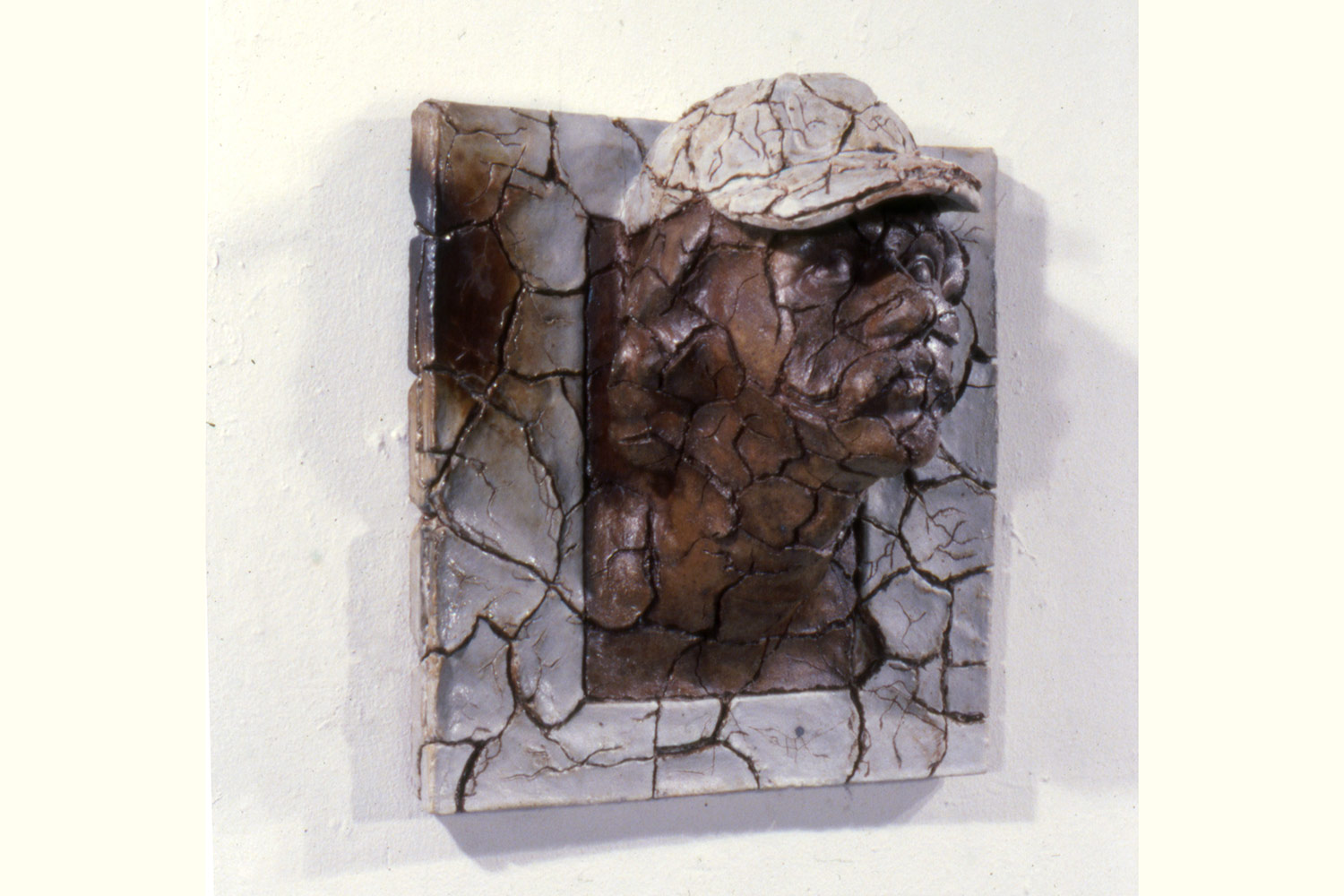
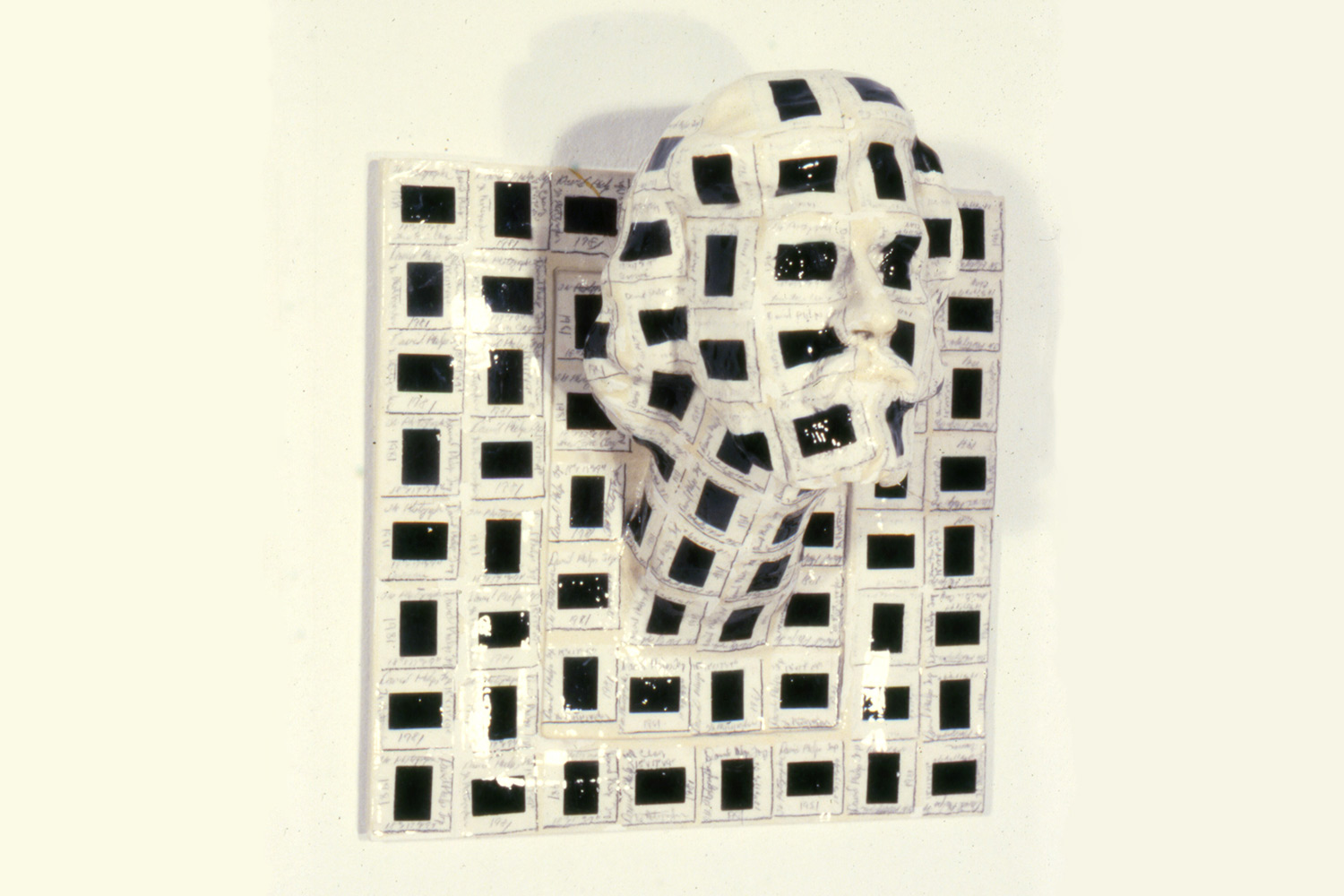
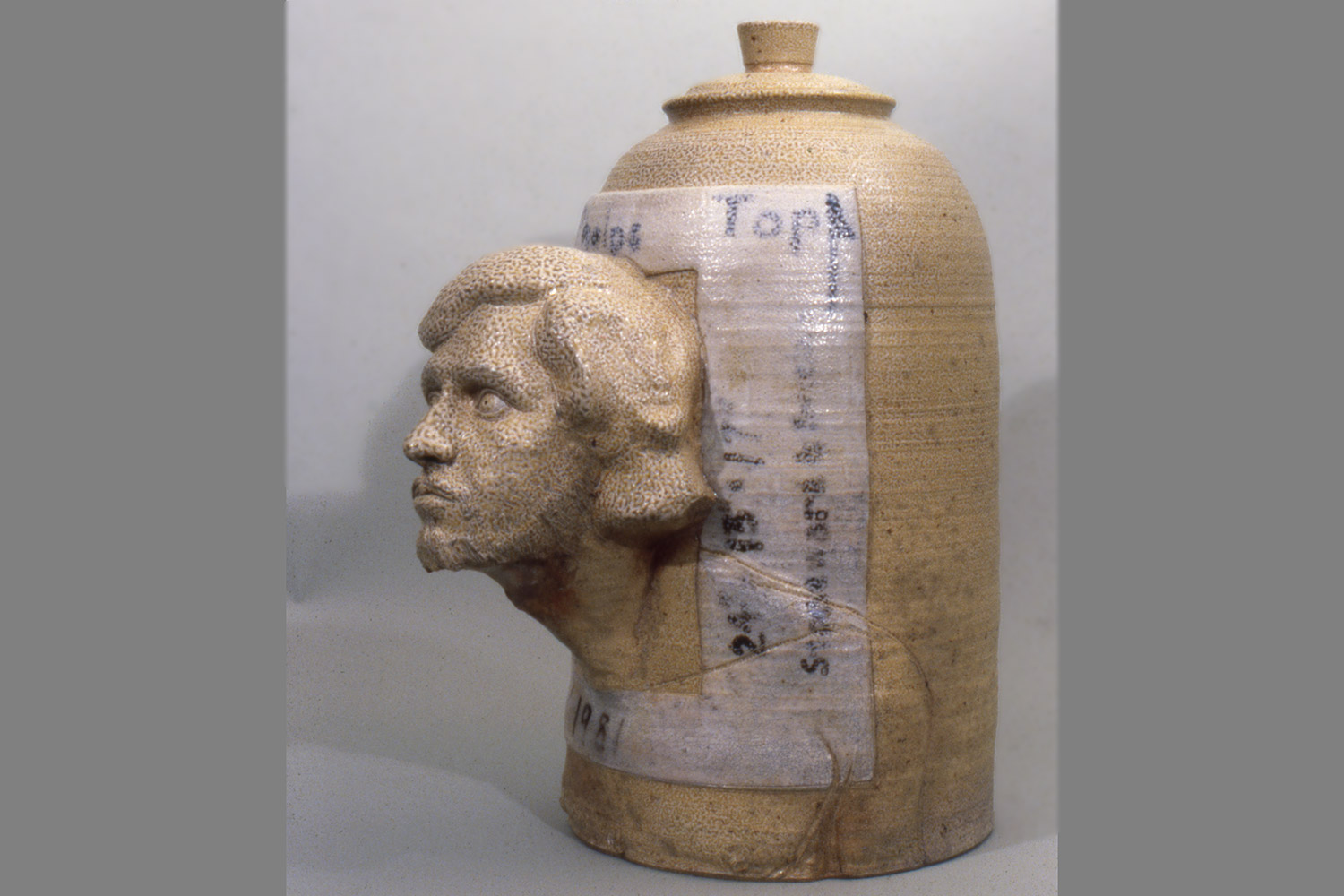
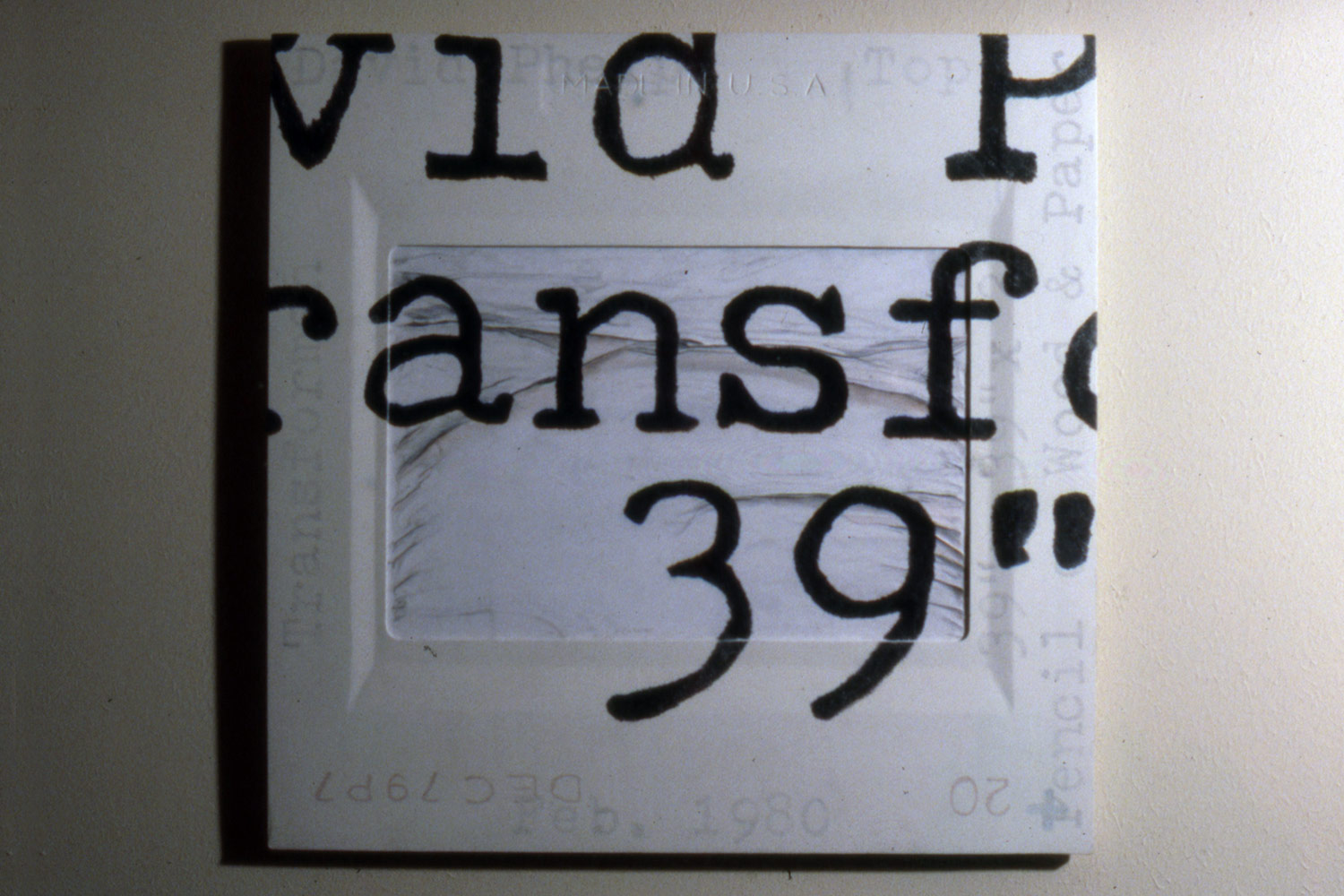
Humboldt State University in Northern California was a perfect fit for David Phelps leaving home for the first time. Six hours away, he developed independence as he couldn’t drive home every weekend to do laundry. Having grown up socially isolated in rural California, the small town atmosphere of Arcata and the small college feel of HSU were both conducive to his success and personal growth.
The Ceramics Department, headed at the time by Lou Marak, was rooted in the California Funk Tradition and Phelps naturally gravitated towards it, spent most of his time there, and received his BA in Ceramics in mid 1979.
Lou Marak encouraged Phelps to pursue his MFA at the University of Oklahoma to study with his former student V’Lou Oliveira who at the time was heading the Ceramics Department in the OU School of Art. Phelps started the MFA Program at OU in January of 1980 and taught Beginning Ceramics for two years.
Ken Little began teaching sculpture at OU in the fall of 1980. He had come out of the sculptural ceramics tradition and once situated at OU his concerns became purely sculptural. This resonated with Phelps who then switched his major from Ceramics to Sculpture, quit teaching classes, and between 1982 and 1984 focussed solely on making sculptural pieces that were emotionally rooted in memories and feelings connected to life on the farm.
Oklahoma City’s Omniplex Science Museum played an important role in Phelps’ growth of knowledge and skills used in being an artist. His introduction to Omniplex was in the form of the question “Do you do carpentry?” Exhibit shop manager Terry Saltzman asked that of Phelps in passing on the OU campus in the spring of 1980. Answering “yes” to that question led to seven years of contract work that started as hammering nails and ended up designing and building science exhibits from the ground up. Many of the skills learned at Omniplex are still employed by Phelps in his approach to sculpture today.
Phelps received his MFA from OU in the summer of 1984. He received a regional M-AAA NEA Fellowship in ’85 and was awarded a six month residency in the Kohler Arts Industry program in ’87. While at Kohler he produced artwork in both vitreous china and cast iron. After returning home to Oklahoma, Phelps began producing large scale bronze public art pieces. The Oarsman in downtown Knoxville was the first (1988) quickly followed by The Tracker (Granada Park, Phoenix, Arizona) and The Dreamer (The Woodlands, Texas) in 1989. When Phelps was awarded the Oarsman commission in 1988 he teamed up with fellow OU Art School alumni Jose Rodriguez who helped him with those first commissions. Their friendship continues to this day; going on installation road trips and sharing studio space together.